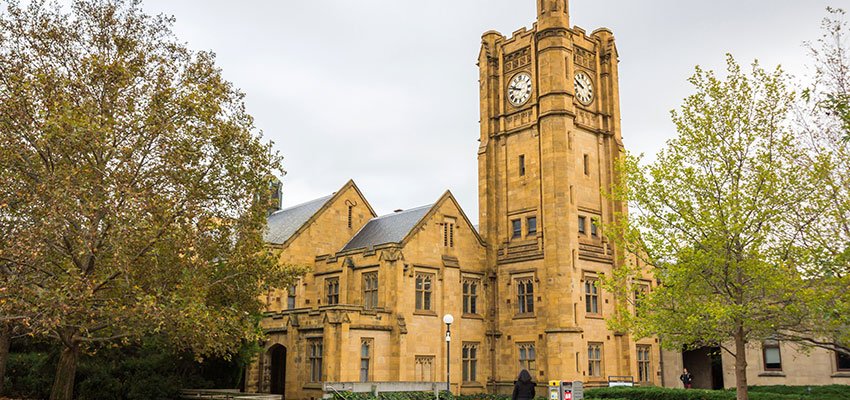CASE studies of OMC International’s DUKC technology are being taught at the University of Melbourne as part of a partnership in the area of Under Keel Clearance management.
University of Melbourne Ocean Engineering Professor Alexander Babanin said DUKC content was being taught as part of a week-long postgraduate port engineering unit developed with Ports Australia and others in the maritime industry.
This ‘Port Access and Navigation’ unit runs until Friday and is being taught by Melbourne academics and industry experts including OMC.
It is an elective within the Civil, Environmental and Mechanical Engineering Masters’ program at the University and is also part of the Port and Harbour Engineering Graduate Certificate, the formal qualification in port engineering for Australia and New Zealand.
Course convenor Professor Babanin, said the University of Melbourne was fortunate to have partnered with OMC.
“Under Keel Clearance is the single most important issue of shipping in ports, channels and shallow areas, which is not taught in standard engineering programs at universities and so it is a must for this port engineering course,” Professor Babanin said.
“We recognise OMC and DUKC technology as world leading. It should be understood that we are not researchers or practitioners of this technology, we teach it, and in this regard we rely on the standing, reputation and world-wide practice and acceptance of DUKC and OMC as the leader.”
DUKC was pioneered in the early 1990s by OMC executive director Dr Terry O’Brien AM – a former University of Melbourne academic.
Mr O’Brien said OMC was continuing to grow, hiring more staff.
“This is a response to an increasing recognition of our DUKC e-Nav technology as the industry standard for safe and efficient real-time management of UKC,” he said.

